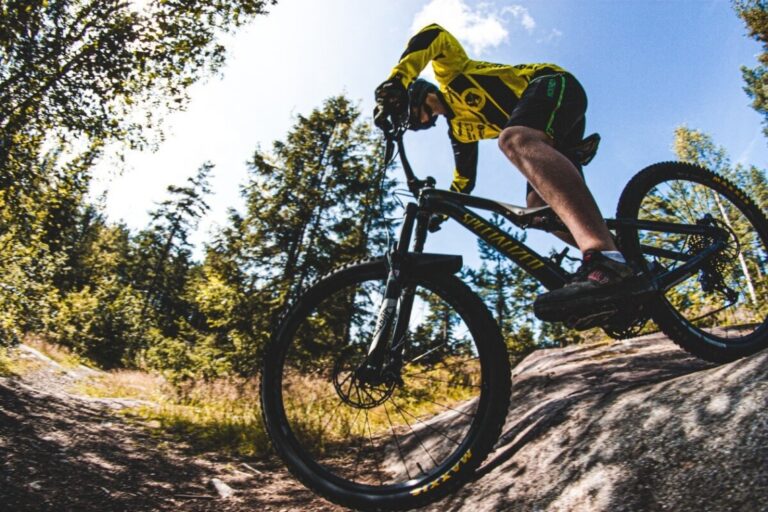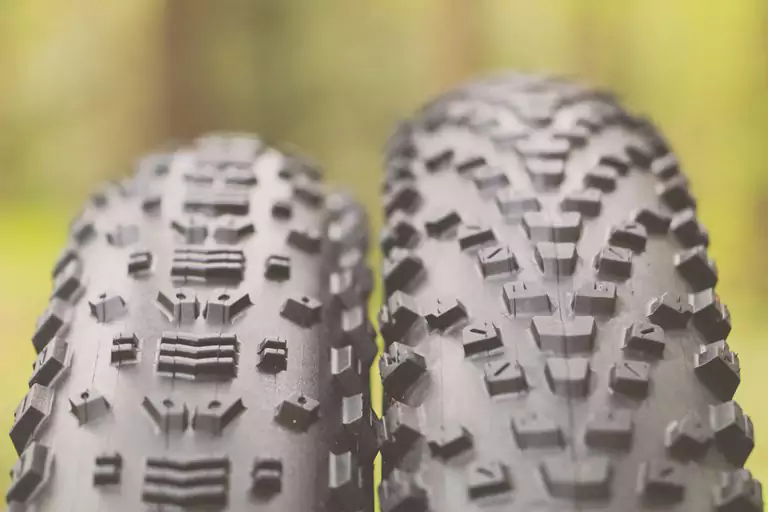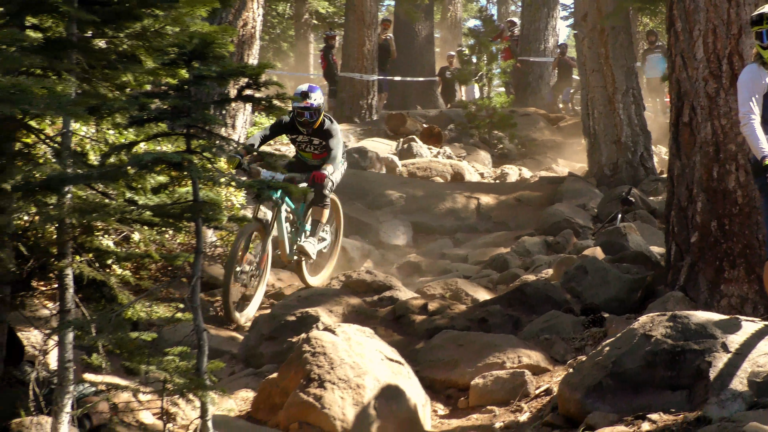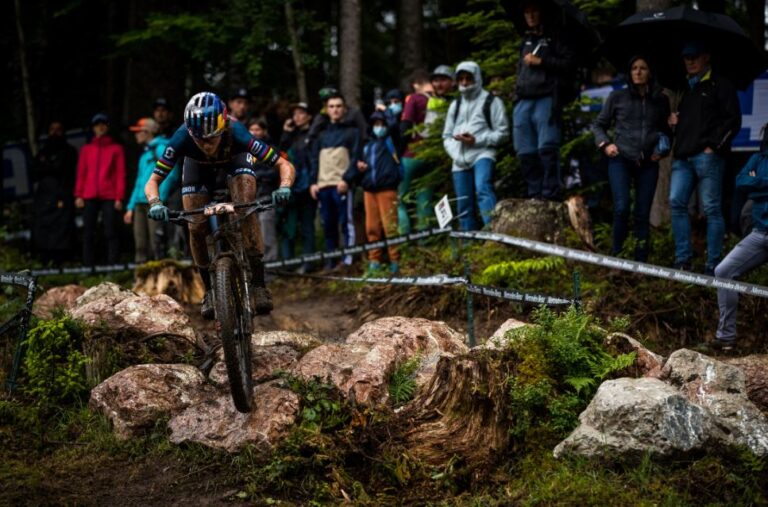Seasonal Strategies: Seasonal Tire Choices for Gravel Biking
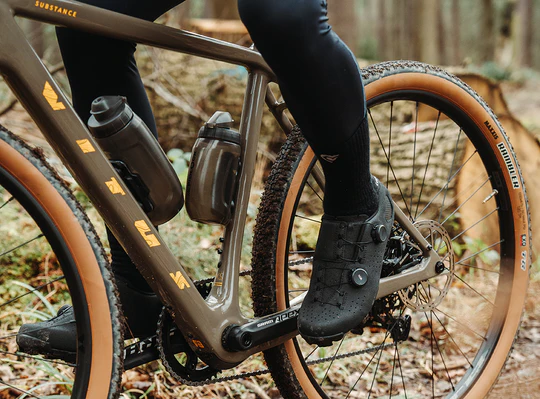
Key Point Summary of Seasonal Tire Choices for Gravel Biking:
- Understanding Terrain and Weather Conditions: Selecting tires based on seasonal changes in terrain and weather ensures better grip, control, and durability.
- Summer Tires: Designed for dry, hardpacked conditions, summer tires often feature lower tread depth and tighter knob spacing.
- Winter Tires: Characterized by deeper treads and wider spacing to handle mud, snow, and wet conditions, enhancing grip and preventing buildup.
- Transition Seasons: Spring and autumn may require a versatile approach, with tires that balance grip and rolling efficiency in varying conditions.
- Durability and Puncture Resistance: Seasonal tire choice also involves considering durability and protection against flats, which can be more common in adverse conditions.
Navigating the ever-evolving landscape of gravel biking, one quickly learns the importance of adaptability—not just in technique but also in gear selection. Among the most crucial decisions a gravel rider makes is the choice of tires, a decision that becomes even more critical when factoring in the changing seasons.
Gravel biking, with its blend of road cycling speed and off-road technical challenges, demands a lot from its tires. The right tire not only enhances the ride quality but can also be the difference between a good day and a bad one out on the trails. This guide aims to shed light on how to select the right tires for your gravel bike, ensuring optimal performance and enjoyment year-round.
Seasonal Tire Choices Explained
Summer Tires
In the peak of summer, when trails are dry and compact, the ideal tire is one that balances rolling resistance with enough grip to handle loose over hardpack conditions. Summer tires tend to have a lower profile tread pattern, focusing on efficiency and speed. A personal favorite has always been a tire with a semi-slick center tread flanked by slightly more aggressive side knobs for cornering grip—ideal for those long, dry rides where speed is a priority.
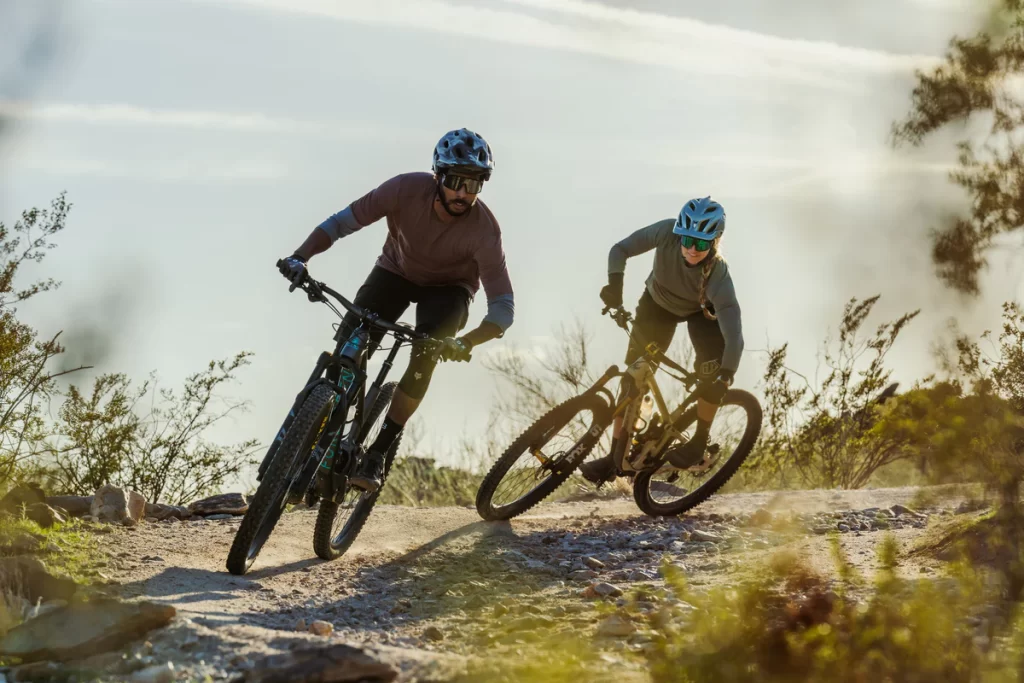
Winter Tires
Winter presents a wholly different challenge with wet, muddy, or even snowy conditions. Here, the focus shifts towards traction and control. Winter-specific tires feature more aggressive tread patterns with deeper grooves and wider spacing to shed mud and snow. Riding in the winter often reminds me of the importance of tire pressure; a slightly lower psi in winter tires can dramatically increase the tire’s contact patch for better grip.
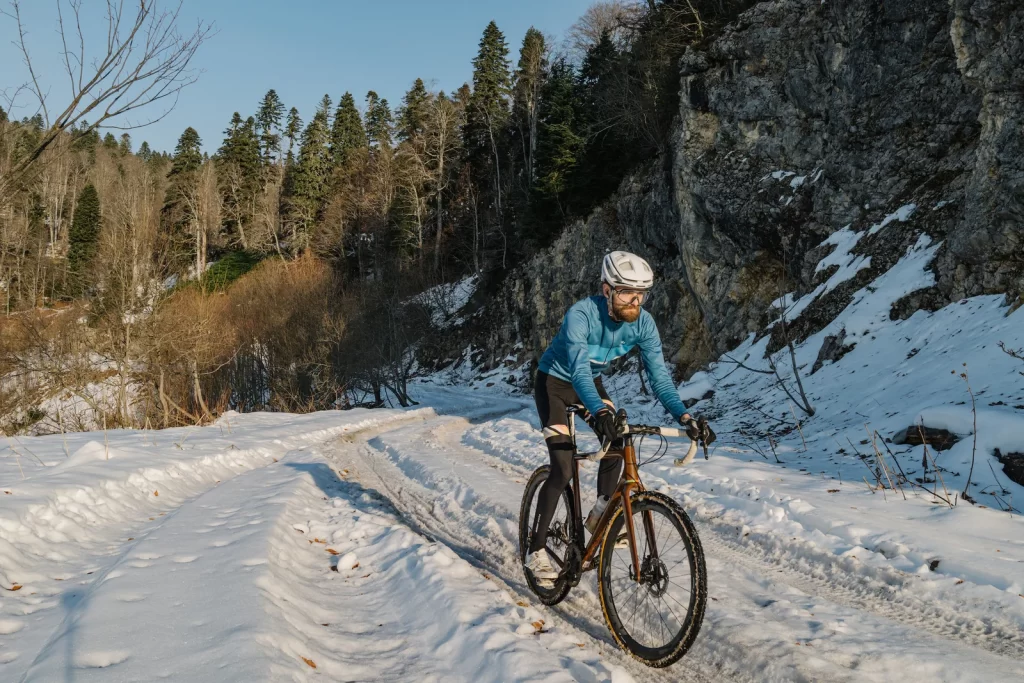
Transition Season Tires
Spring and autumn can be particularly tricky, as conditions can vary wildly even within a single ride. Tires for these seasons need to strike a balance—a tread pattern that’s aggressive enough to handle wet patches and mud but not so heavy that it feels sluggish on dry sections. Hybrid or all-condition tires often fit the bill perfectly, adaptable to a wide range of conditions.
Making the Choice
Beyond just the tread pattern, several factors influence seasonal tire choice. Durability is crucial, as rougher conditions require a tire that can withstand the punishment. Similarly, puncture resistance becomes more critical in seasons when thorns, sharp rocks, and debris are more prevalent on your paths.
Width is another consideration; wider tires can offer more comfort and traction, particularly beneficial in winter conditions. However, it’s essential to ensure your frame and fork can accommodate wider rubber.
Final Thoughts
For beginner to mid-level gravel cyclists, understanding and embracing seasonal tire choices can dramatically enhance your riding experience. It’s not just about adapting to the conditions but also about seizing the opportunity to optimize your ride, comfort, and performance, regardless of what Mother Nature throws your way.
Whether cruising on a dry, sunbaked path in the height of summer or navigating a slick, muddy trail in the depths of winter, the right tires can make your gravel biking adventure safer, more comfortable, and, most importantly, more fun.
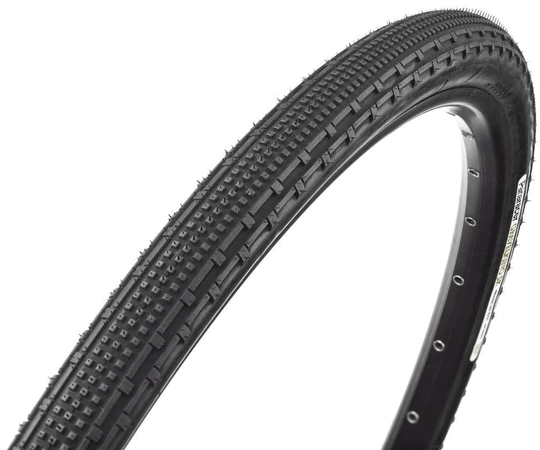
Summer Tire Choice for Gravel Biking
In summer, when trails are mostly dry and compact, the ideal gravel tire choice leans towards models with lower tread depth and tighter knob spacing. This design minimizes rolling resistance on hard-packed surfaces, enhancing speed and efficiency. A semi-slick or low-profile tread pattern on the center, combined with slightly more aggressive side knobs for cornering grip, is often perfect for summer conditions. Tires like the Panaracer GravelKing SK or Schwalbe G-One Speed offer a good balance, providing enough grip for loose surfaces while still rolling fast on smoother sections.
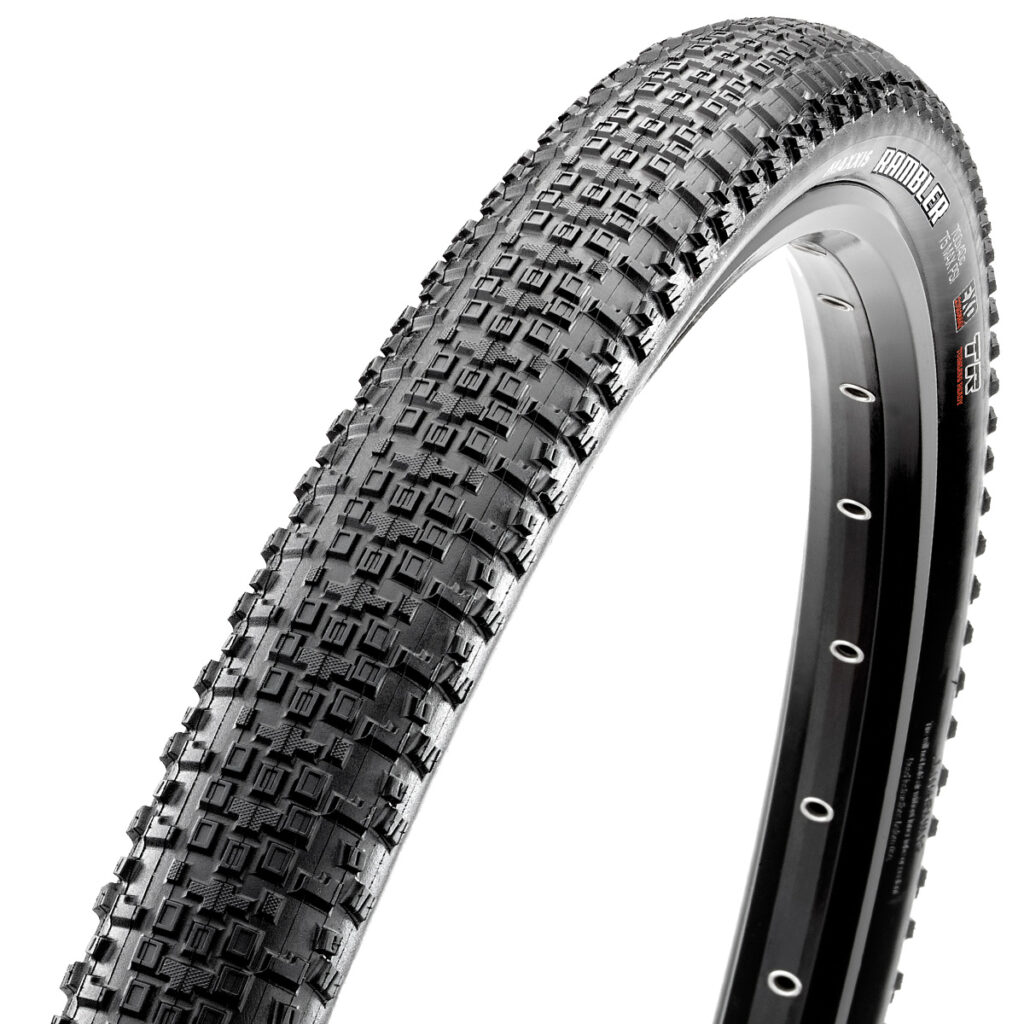
Winter Tire Choice for Gravel Biking
Winter conditions, characterized by wet, muddy, or snowy trails, demand tires with deeper treads and wider knob spacing. This design improves traction and control by preventing mud and snow buildup, ensuring the tire maintains its grip in slippery conditions. Wider tires are also preferable for their increased surface area and stability.
Tires such as the Maxxis Rambler with its aggressive tread pattern or the Challenge Gravel Grinder in its more robust configurations are designed to tackle winter’s challenges, offering the grip and durability needed to navigate through tough winter trails confidently. Lowering tire pressure in winter tires can further enhance their performance by increasing the contact patch with the ground, improving traction on slick surfaces.
FAQ
Are all season tires good for gravel roads?
All-season tires can be good for gravel roads, offering a balance between dry and wet condition performance. However, they may not excel in extreme conditions like deep mud or very loose gravel compared to season-specific tires.
Are 32mm tyres wide enough for gravel?
32mm tires are on the narrower side for gravel biking. They can be sufficient for well-maintained or light gravel roads but may lack comfort and traction on rougher, more technical terrain.
What size tires are best for gravel bike?
The best tire size for a gravel bike often ranges between 35mm to 45mm. This range provides a good balance of comfort, traction, and rolling efficiency on varied gravel surfaces.
Is 40mm enough for gravel?
Yes, 40mm is enough for gravel biking. It’s a popular choice among gravel riders for its ability to handle a wide range of gravel conditions, offering a good mix of comfort, traction, and speed.
Happy Cycling!
John

